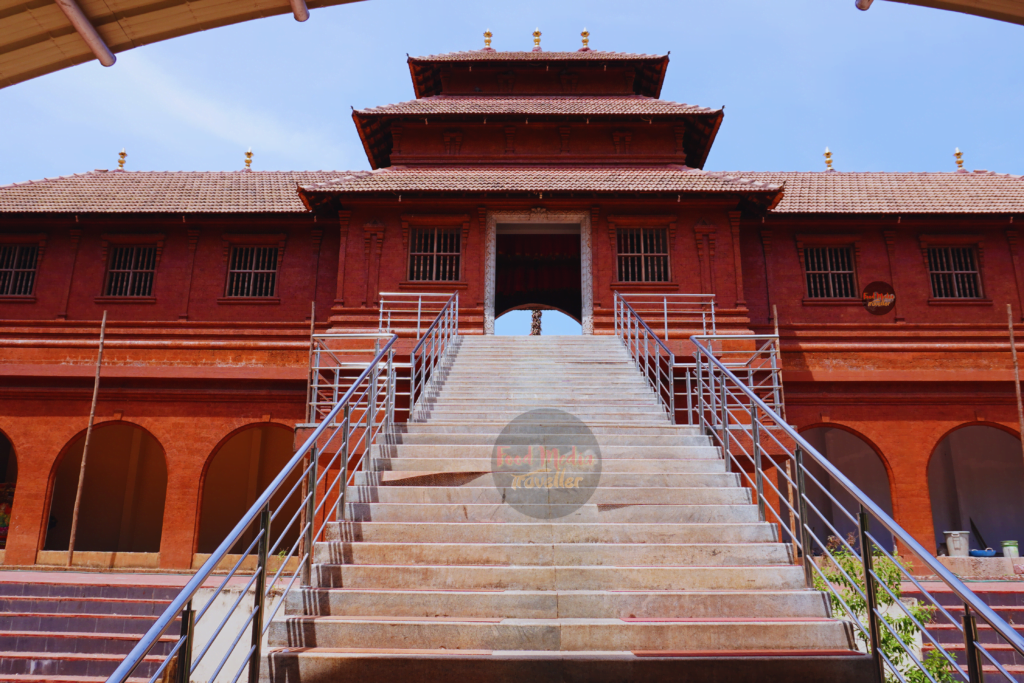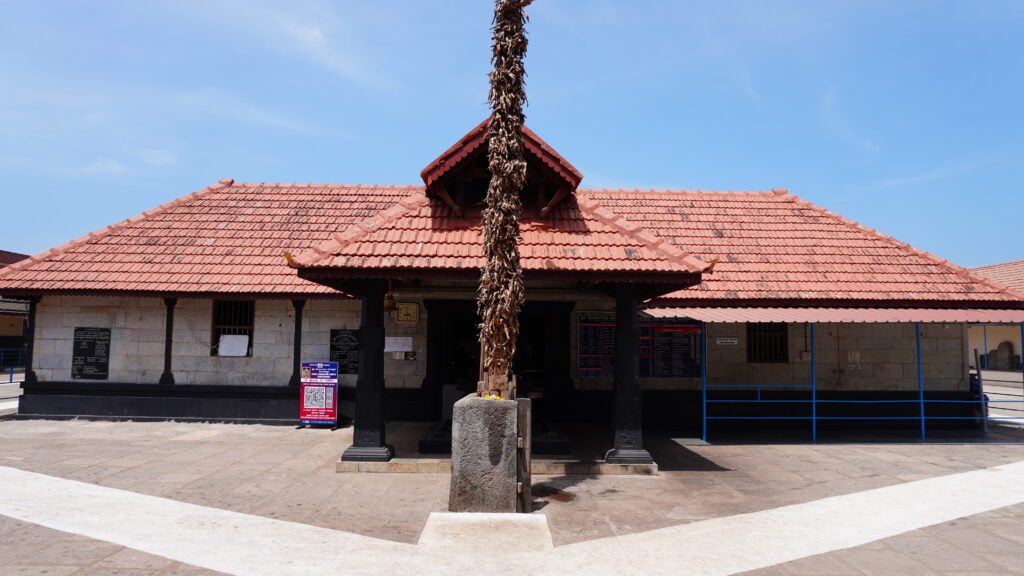Explore Somanatha Temple in Someshwara Mangalore

Explore Somanatha Temple in Someshwara Mangalore, dedicated to Lord Shiva, is a magnificent shrine surrounded by Someshwara Beach, located near a fort built by Queen Abbakka Rani. It is situated adjoining the Arabian Sea along the Western Ghats of South India, 13 km south of Mangalore. The temple features beautiful sculptures and houses a statue of the great sage Parusharama, who is mythologically credited with creating the coastal region of Karnataka and Kerala. The temple is open for pooja from 6 am to 1 pm and 5 pm to 8 pm, with Mahapooja at 12 pm. During the Annual Jathra, it remains open all day and night.
History of Somanatha Temple
The sanctum of Lord Somanatha at Shree Kshetra Someshwara is considered on par with the 12 sacred Jyothirlingas of India. Known as Rudrapada Kshetra, it is a popular pilgrimage center for performing Pitrakrayas (last rituals for departed souls) and a tourist spot famed for its sunset views and beach. The temple, built in the form of a fort, has a rich legendary history.

It is believed that King Kharasura, a relative of Ravana from the Ramayana period, built and worshipped at this temple. The Pandavas from the Mahabharata are also said to have visited and worshipped here. A nearby lake, Gadha Teertha, is attributed to Bhimasena. Historically, the Alupa Dynasty built the temple in the 10th century A.D. It came under the rule of the Kadambas of Banavasi and the Chola Kings of Ullala in the 12th century A.D. Inscriptions indicate it was renovated in the 15th century A.D. during the reign of Vijayanagara King Immadi Devaraya by Rajaguru Sree Kriyashaktri Devavodeya.
The temple is surrounded by Nagabana on its southwestern side, housing a Udhbhava Naga, and includes other temples dedicated to Lord Siddivinayaka, Lord Gopala Krishna, Lord Janardhana, and Raktheswari.
Festivals at Someshwara Temple
The Jathra Mahotsava is a grand festival held at the temple, lasting seven days with numerous poojas and celebrations. Laksha Deepotsava takes place in the Tula masa, beginning with the Kshetra pooja, followed by Appada pooje and Ranga pooja of Sri Siddivinayaka. On Shivarathri, rituals including Shiva pooja, Ranga pooja, and Bhootabali are performed.
Is there anything specific you would like to know more about or any particular detail watch video –

